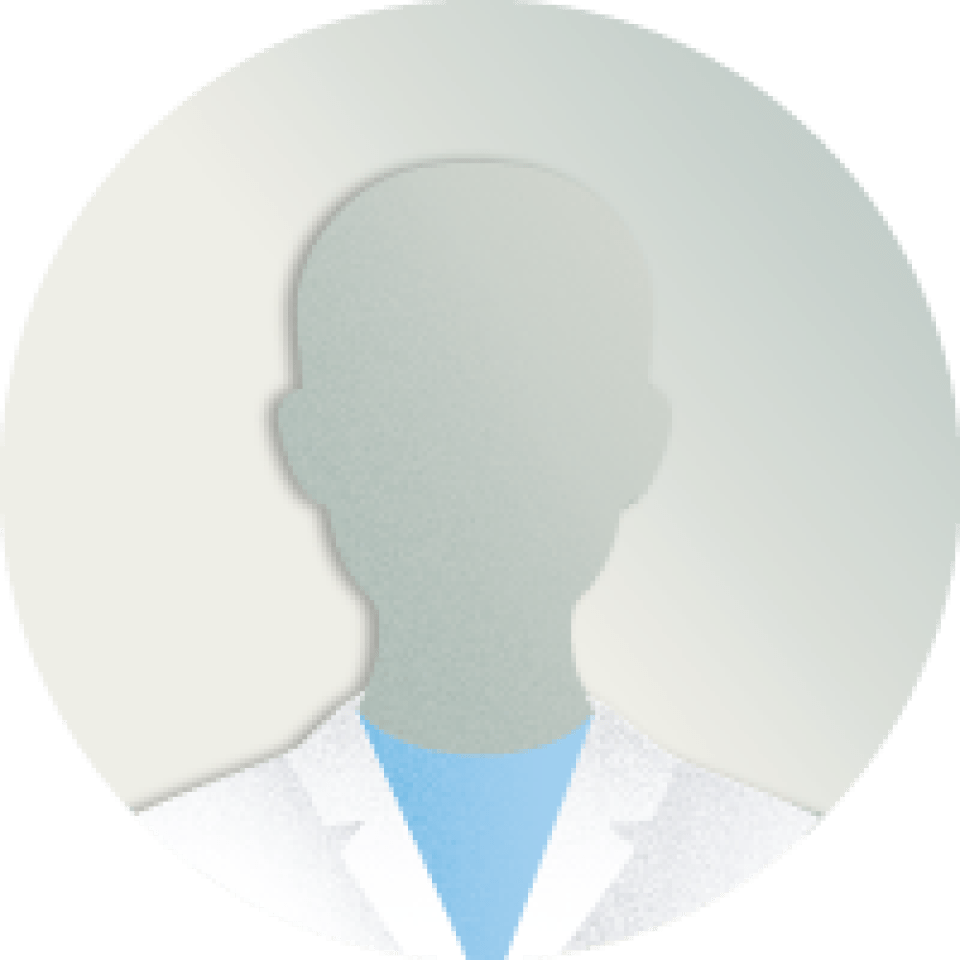Triggering factors of Headache

Inherited. Around 80% of patients with migraine have parents or siblings with migraine. Although the hereditary form is not fully established, in some particular forms of migraine (familial hemiplegic migraine), the gene located in chromosome 9 that transmits it has already been identified.

Age. Under-age people can have migraine, although it is less common. At these ages the majority of migraines are in males. From puberty onwards, due to hormonal changes, the incidence of migraine increases in females. Migraine frequency peaks at around 20 years-old, those of trigeminal-autonomous at 30 years-old, and trigeminal neuralgia from 40 years-old onwards.

Stress. It is independent of the type of stress and the factors that trigger it. It is markedly influenced by tension headache, migraine, and cluster headaches. It is associated with changes in sleep pattern, which is also a triggering factor of cephalalgia.

Diet. Migraine has possibly been associated with the previous ingestion of certain foods (about 3 hours before) such as chocolate, cocoa, vanilla, banana, dried fruits, citruses, fast food additives, sausages, fermented cheese, spicy foods (foods that contain substances with tyramine, monosodium glutamate). It is known that 50% of the patients recognise some of them, although it is under debate, since, during the prodrome phase, an appetite for certain foods appears. In any case, not all of them should be restricted, just avoid those that have been identified in a particular patient.

Alcohol. It depends on the type of alcoholic drink, but, for example, tannins, which are contained in red wines can often trigger a migraine. In cluster headaches, the consumption of alcohol is inadvisable during the symptomatic period, since it can trigger an attack.

Hormonal changes. The incidence of migraine is disparate in females after the appearance of the first period (menarche). The migraine usually gets worse with ovulation and menstruation, as well as with taking oral contraceptives. Pregnancy usually improves the migraine temporarily, and many women improve extraordinarily after menopause.

Climate changes. There is no climate pattern for migraine.

Lack or excess of sleep.

Drugs (vasodilators, nitrites, etcetera).
Headache due to medication overuse
Besides these general causes, there are other specific ones associated with the type of cephalalgia it may be. Thus, in the case of tension headache, and according to recent studies, the causes could lie in the trigeminal-cervical region of the head and, more specifically, in the hyperactivity of the muscles that are found in this region. In the case of cluster headaches, the origin possibly points to the hypothalamus, which at cerebral level regulates the endogenous rhythms as a source of pain.
Causes of tension headaches
The causes of tension headache are not completely clear and it usually uses the term “tension” since it is deduced that it could be triggered my muscular tension, but other types of factors are not ruled out:
- Environmental factors. Stress, anxiety or depression are usually associated with tension headache. These emotional factors can cause tension in the pericranium muscles.
- Peripheral mechanisms. The increase in muscle sensitivity can affect the tension of the pericranium muscles, due to over-stimulation of the nociceptive receptors (nerve endings that transmit the painful sensation).
- Central mechanisms. When the neurons of the central nervous system are more sensitive than usual to stimuli, they are always interpreted as painful.
Factors that can lead to the pain becoming chronic
There are some circumstances that make a headache persist in time, particularly, in migraine. Every year, around 2.5% of migraine patients go from an episodic form to chronic, and vice-versa, the same percentage of patients a year go from chronic to episodic migraine. It is important to take this factor into account as it has a bearing on the favourable progression of the illness.
In the case of migraine, they are dived into two large groups.
Non-modifiable factors

Advanced age. Cephalalgia is more frequent in adults than in under-age. It is of interest to highlight an arteritis of the temporal artery in these patients.

Genetic factors.

Low socioeconomic status. Generally a low socioeconomic level can be a major source of problems or stressful situations that could produce cephalalgia.
Modifiable factors

Anxiety, depression or stress. Anxiety or stress can be reduced by means of physical activity or relaxation techniques.

Sleep disorders. Its diagnosis is important, since there is effective treatment in most cases.

Abuse of medications. According to the International Headache Society, it is considered abusive to take more than 15 doses a month of triptans (drugs specific for migraine, which have some variations between them as regards intensity, tolerability and duration of the effect), or more than 10 doses a month of analgesics.

Caffeine abuse. Occasionally, coffee can help prevent a migraine or help the absorption of analgesics. On the other hand, coffee can be harmful if taken in excess, since it can lead to dependency or interfere with sleeping patterns.

Elevated frequency of attacks. If the frequency of the attacks is more than three a month, it is important to consult with the doctor in order to identify and correct any harmful life habits, and to consider introducing a suitable preventive and individualised treatment for the patient.
Substantiated information by:


Published: 16 May 2018
Updated: 16 May 2018
Subscribe
Receive the latest updates related to this content.
Thank you for subscribing!
If this is the first time you subscribe you will receive a confirmation email, check your inbox

